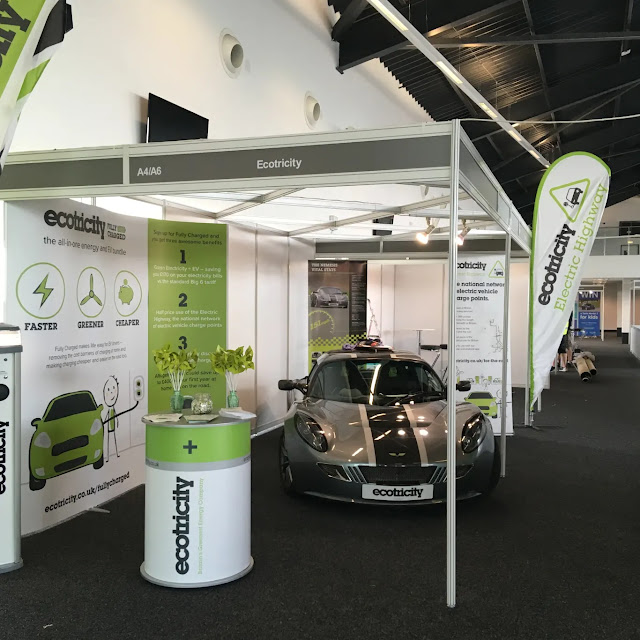The quest for sustainable and renewable
energy sources in the automotive industry has led to a myriad of innovations.
Among these, wind-powered vehicles represent a fascinating and forward-thinking
approach. By harnessing the power of the wind, these vehicles could offer an
eco-friendly alternative to traditional fossil fuels and even electric power.
This blog explores the potential of turbine technology in automobiles, delving
into the benefits, challenges, and practical examples of wind-powered vehicles.
The Concept of Wind-Powered
Vehicles
Wind-powered vehicles utilize wind
turbines to generate electricity, which is then used to power the vehicle. The
concept involves capturing wind energy through turbines mounted on the vehicle.
This energy is converted into electrical power and stored in batteries,
providing an auxiliary or primary source of energy for propulsion.
Real-World Example:
Ventomobile
One of the most notable examples of a
wind-powered vehicle is the Ventomobile, developed by students at the
University of Stuttgart in Germany. The Ventomobile uses a large sail and a
wind turbine to capture and convert wind energy into mechanical power,
propelling the vehicle forward. The project aimed to demonstrate the
feasibility of wind-powered transportation and participated in international
competitions, showcasing its innovative approach.
Ventomobile wind-powered vehicle developed by University of Stuttgart students
Benefits of
Wind-Powered Vehicles
Renewable Energy Source: Wind is an abundant
and renewable energy source, making wind-powered vehicles a sustainable option
for the future.
Reduced Carbon Footprint: Utilizing wind
energy significantly reduces greenhouse gas emissions compared to fossil
fuel-powered vehicles.
Energy Independence: Wind-powered
vehicles can potentially reduce dependence on imported oil and other
non-renewable energy sources.
Innovative Engineering: Developing
wind-powered vehicles pushes the boundaries of engineering and opens new
avenues for technological advancement.
Practical
Applications and Innovations
Example: The
Ecotricity Nemesis
The Ecotricity Nemesis is a British
wind-powered electric sports car developed by the renewable energy company
Ecotricity. While primarily an electric vehicle, the Nemesis charges its
batteries using electricity generated from wind turbines owned by the company.
This innovative approach highlights how wind energy can be integrated into
vehicle charging infrastructure to promote sustainability.
Ecotricity
Nemesis wind-powered electric sports car
Challenges and
Solutions
Energy Capture Efficiency: Wind turbines on
vehicles must be highly efficient to capture sufficient energy. Innovations in
turbine design and materials can enhance efficiency.
Aerodynamics: Integrating wind
turbines into vehicles poses aerodynamic challenges. Streamlined designs and
retractable turbines can mitigate these issues.
Energy Storage: Efficient energy
storage solutions, such as advanced batteries, are essential for the viability
of wind-powered vehicles.
Variable Wind Conditions: Wind energy is
inherently variable. Hybrid systems combining wind power with solar or
traditional energy sources can provide consistent power.
Future Prospects and
Research
Research and development in the field of wind-powered vehicles are ongoing, with several promising projects and concepts emerging. Universities, startups, and established automotive companies are exploring innovative ways to harness wind energy for transportation.
Example: Sail-Driven
Cars
Some researchers and auto manufacturers like Mercedes-Benz are investigating the
potential of sail-driven cars, which use large sails to capture wind energy
directly. These vehicles could be particularly effective in areas with
consistent wind patterns, such as coastal regions.
Sail driven vehicle concept by Mercedes-Benz.
Example: Wind-Powered
Charging Stations
Another innovative approach is the
development of wind-powered charging stations for electric vehicles. These
stations use wind turbines to generate electricity, which is then used to
charge EVs. This concept combines the benefits of wind energy with the
convenience of EVs, promoting a sustainable transportation ecosystem.
Wind-powered charging station for electric vehicles.
Wind-powered vehicles represent a fascinating
and promising area of innovation in the quest for sustainable transportation.
While challenges remain, the potential benefits of harnessing wind energy for
automotive applications are significant. As research and development continue,
we can expect to see more advanced and efficient wind-powered vehicles on the
roads, contributing to a greener and more sustainable future.






Comments
Post a Comment